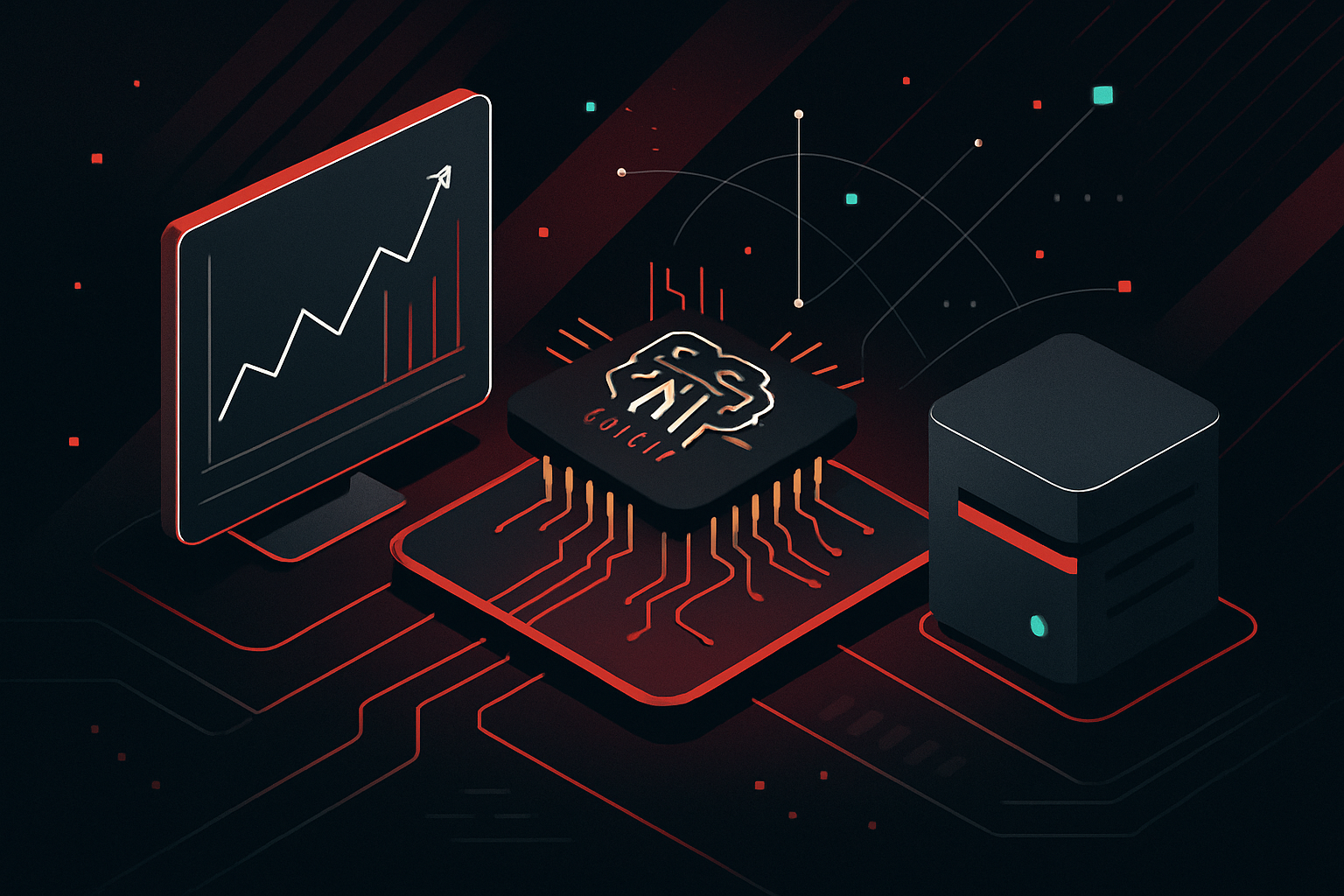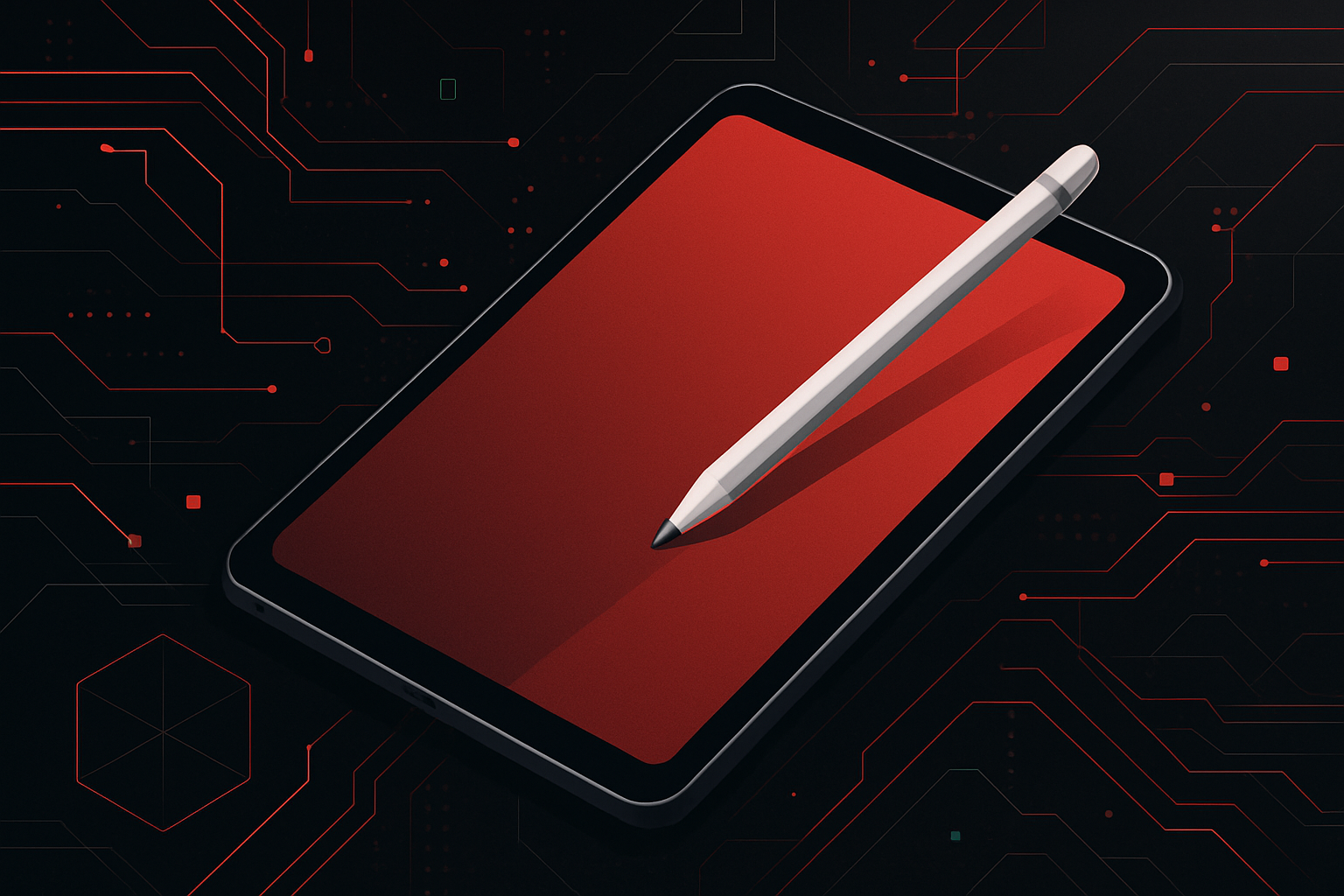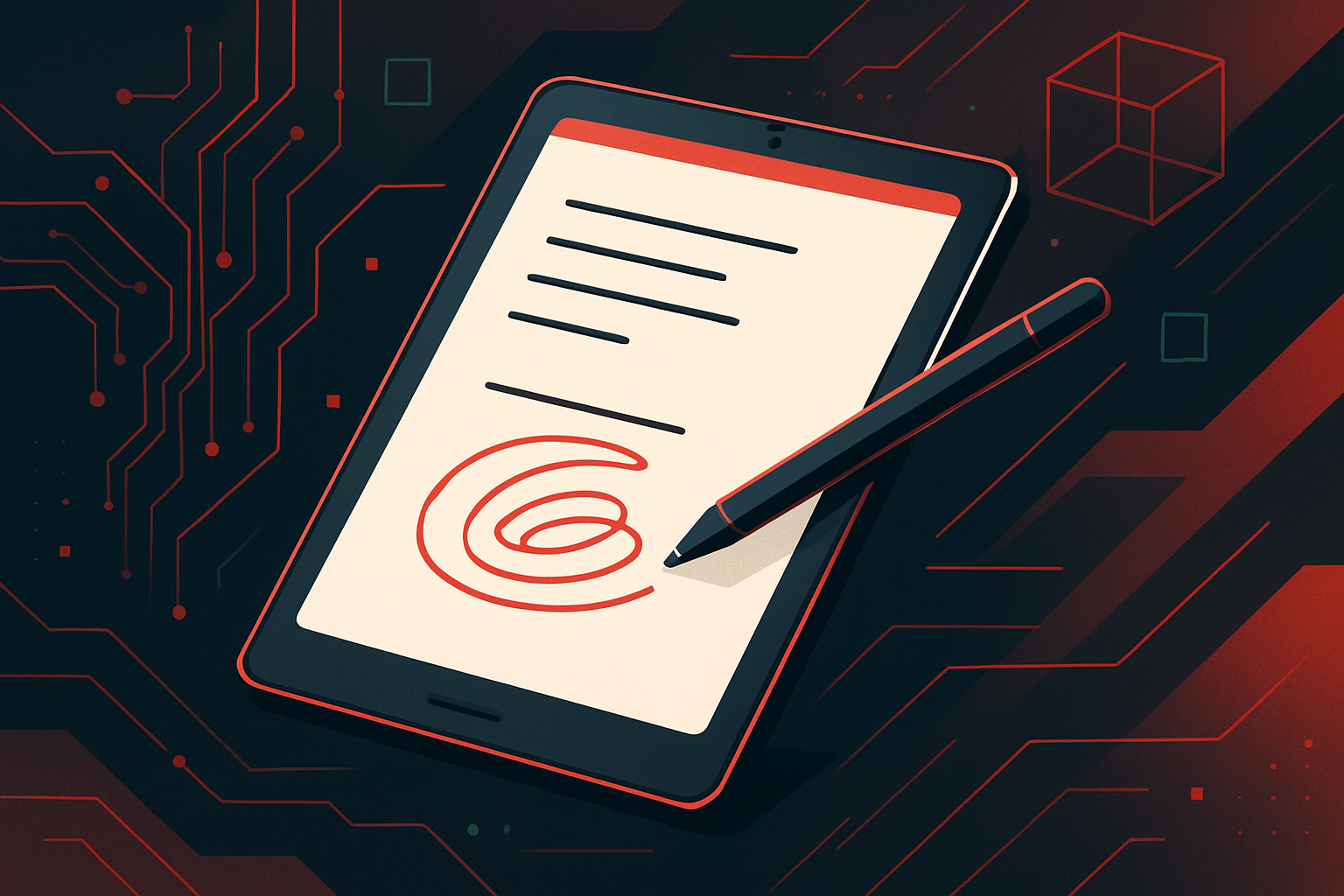Edge AI: Computing Smarter at the Source

What is Edge AI?
Edge AI refers to deploying artificial intelligence (AI) algorithms directly on edge devices—such as smartphones, cameras, sensors, drones, and IoT endpoints—instead of relying on centralized cloud servers. This enables real-time data processing, decision-making, and analytics close to the data source.
Key Benefits of Edge AI
| Benefit | Description |
|---|---|
| Low Latency | Processes data instantly, enabling real-time responses. |
| Bandwidth Efficiency | Reduces need to transmit large volumes of raw data to the cloud. |
| Privacy & Security | Sensitive data stays local, minimizing exposure. |
| Reliability | Works offline or with intermittent connectivity. |
| Scalability | Distributes workloads across many devices, reducing cloud or server bottlenecks. |
Core Components of Edge AI
-
Edge Devices
Hardware capable of running AI inference (e.g., Raspberry Pi, NVIDIA Jetson, smartphones). -
AI Models
Optimized machine learning models (e.g., TensorFlow Lite, ONNX, Core ML). -
Runtime Environment
Lightweight frameworks and libraries for on-device inference. -
Data Pipeline
Mechanisms for sensing, pre-processing, and managing data locally.
Common Edge AI Use Cases
| Industry | Application Example | Edge Device | Value Delivered |
|---|---|---|---|
| Manufacturing | Defect detection on assembly line | Industrial camera | Real-time quality control |
| Retail | Smart shelves, customer analytics | Smart cameras | Enhanced shopping experience |
| Healthcare | Wearable health monitors | Wearables, smartphones | Timely alerts & privacy |
| Transportation | Autonomous vehicles, traffic analysis | In-vehicle computers | Safety and efficiency |
| Agriculture | Crop health monitoring | Drones, sensors | Resource optimization |
Technical Considerations for Edge AI Deployment
Model Optimization
Edge devices are resource-constrained. Optimize models for speed and size using:
- Quantization: Reduce model precision (float32 to int8) to save memory and compute.
- Pruning: Remove redundant weights and neurons.
- Knowledge Distillation: Train smaller “student” models to mimic larger ones.
- Model Conversion: Use frameworks like TensorFlow Lite Converter, ONNX, or Core ML Tools.
Example: Quantizing a TensorFlow Model
import tensorflow as tf
# Convert to TFLite with quantization
converter = tf.lite.TFLiteConverter.from_saved_model('my_model')
converter.optimizations = [tf.lite.Optimize.DEFAULT]
tflite_quant_model = converter.convert()
with open('model_quant.tflite', 'wb') as f:
f.write(tflite_quant_model)
Hardware Selection
Considerations include:
| Hardware | Strengths | Limitations |
|---|---|---|
| Raspberry Pi | Low cost, flexible I/O | Limited compute power |
| NVIDIA Jetson Nano | GPU-accelerated, good for vision | Higher power consumption |
| Google Coral | Fast Edge TPU inference | Limited to supported model formats |
| Smartphones | Ubiquitous, multiple sensors | Varying hardware/OS environments |
Frameworks and Libraries
| Framework | Platform Support | Key Features |
|---|---|---|
| TensorFlow Lite | Android, Linux, iOS | Quantization, edge hardware support |
| ONNX Runtime | Cross-platform | Supports many model formats |
| Core ML | iOS/macOS | Deep Apple ecosystem integration |
| OpenVINO | Intel hardware | Optimized for Intel chips |
Edge AI Workflow: Step-by-Step Example
-
Train and Export Model
Train your model in the cloud with full datasets and export to a portable format (e.g.,.tflite,.onnx). -
Optimize Model
Apply quantization, pruning, or conversion as shown above. -
Deploy to Edge Device
Transfer the optimized model to the edge device using SCP, USB, or OTA updates. -
Run Inference Locally
Use platform-specific APIs for local inference.
Example: Running Inference with TensorFlow Lite (Python)
import numpy as np
import tensorflow as tf
# Load TFLite model and allocate tensors.
interpreter = tf.lite.Interpreter(model_path="model_quant.tflite")
interpreter.allocate_tensors()
# Prepare input
input_details = interpreter.get_input_details()
output_details = interpreter.get_output_details()
input_data = np.array([your_input], dtype=np.float32)
interpreter.set_tensor(input_details[0]['index'], input_data)
# Run inference
interpreter.invoke()
output_data = interpreter.get_tensor(output_details[0]['index'])
print(output_data)
Challenges and Solutions
| Challenge | Solution/Best Practice |
|---|---|
| Limited Compute/Storage | Model optimization (quantization, pruning, distillation) |
| Model/Software Updates | Use edge orchestration tools (e.g., KubeEdge, AWS IoT Greengrass) |
| Device Diversity | Build multi-platform models, use cross-compiled binaries |
| Security | Implement on-device encryption, secure boot, key management |
Edge AI Deployment Patterns
- Pure Edge: All inference and analytics are on-device; no cloud dependency.
- Edge-Cloud Hybrid: Preprocessing/inference at edge, with periodic cloud sync for retraining or analytics.
- Federated Learning: Devices collaboratively train models without sharing raw data, only model updates.
Actionable Steps for Implementing Edge AI
- Define Use Case and Requirements
-
Latency, privacy, compute needs, data volume.
-
Select Edge Hardware
-
Match hardware to workload (vision, audio, etc.).
-
Choose and Train Model
-
Use appropriate datasets; prefer lightweight architectures.
-
Optimize and Convert Model
-
Quantize/prune; convert to edge-friendly format.
-
Integrate with Device Software
-
Use device SDKs and runtime libraries.
-
Test and Benchmark
-
Evaluate latency, throughput, power consumption.
-
Deploy and Monitor
- Implement monitoring for updates, failures, and performance.
Summary Table: Edge AI vs. Cloud AI
| Aspect | Edge AI | Cloud AI |
|---|---|---|
| Latency | Millisecond (real-time) | Seconds (network round-trip) |
| Data Privacy | Data stays local | Data sent to server |
| Compute Power | Limited by device | Virtually unlimited |
| Offline Capability | Yes | No |
| Scalability | Distributed per device | Centralized, scales with servers |
Additional Resources




0 thoughts on “Edge AI: Computing Smarter at the Source”